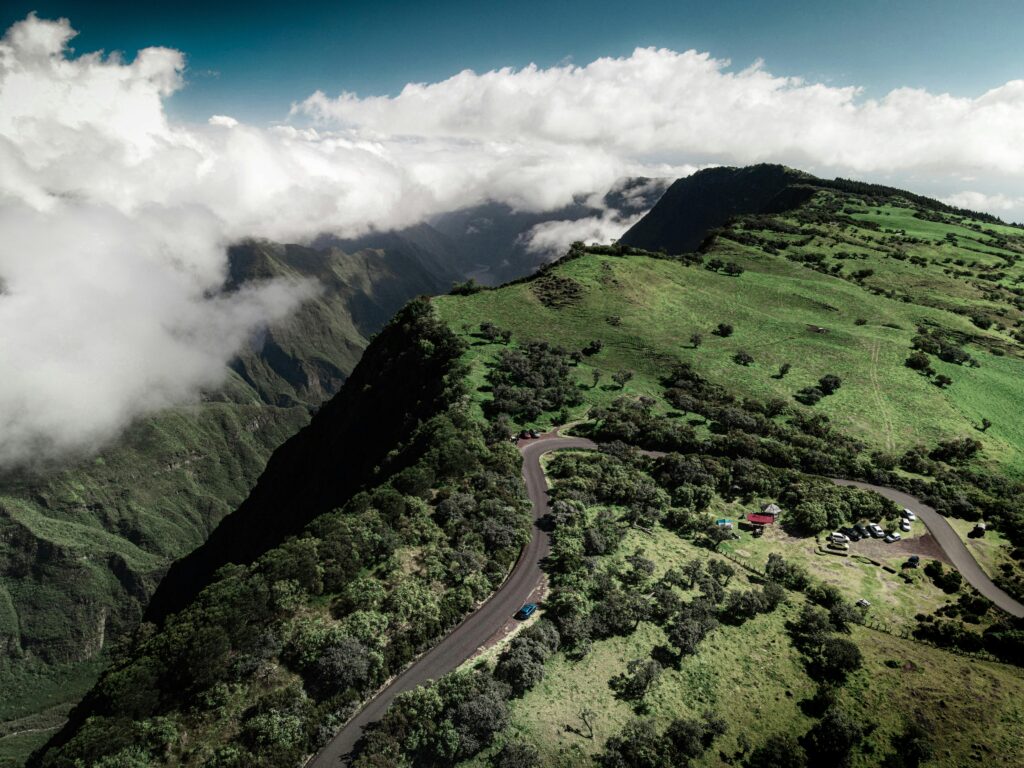Drones are changing how we protect wildlife. They help us watch over endangered animals and keep our environment safe. Thanks to drones, we can fight against poaching more effectively.
Groups like the World Wildlife Fund (WWF) are using drones to help animals. They are making a big difference. Drones are very important for keeping our planet’s animals safe.

Key Takeaways
- Drones are key tools in wildlife conservation efforts, essential for monitoring and protection.
- Recent technological advancements have made drones more efficient in their roles.
- Anti poaching drones contribute significantly to reducing illegal hunting activities.
- Organizations like WWF are integrating drone technology into their conservation missions.
- As drone technology evolves, its applications in conservation will expand further.
The Role of Drones in Wildlife Conservation
Drones are key in wildlife conservation. They help by monitoring and protecting wildlife. Different drones can take pictures and see heat, helping to watch over animal homes.
Overview of Drone Technology
Drones use wildlife protection technology to explore big areas. They help scientists learn about animals and their homes without bothering them. Some drones fly far and stay up for a long time. Others can move around in tricky places.
Benefits for Wildlife Protection
The benefits of drone technology are clear in helping animals. Drones can go where people can’t, keeping the environment safe. They can spot dangers like poachers and harm to homes faster than people can.
| Drone Type | Key Features | Best Use Cases |
|---|---|---|
| Fixed-Wing Drones | Long flight time, covers large areas | Wildlife tracking, monitoring large habitats |
| Multi-Rotor Drones | High maneuverability, vertical takeoff | Detailed surveying, area inspections |
| Thermal Imaging Drones | Night vision capabilities | Identifying wildlife at night, detecting poachers |
Drones in Wildlife Conservation
Drones are changing how we help animals and their homes. They help us watch over endangered species and places. Rangers and researchers use them to do their jobs better.
Key Implementations in the Field
Groups working to save animals use drones in many ways. Here are some examples:
- Anti-poaching patrols in national parks, significantly decreasing wildlife poaching rates.
- Real-time surveillance over vast terrains, allowing for quick responses to any suspicious activities.
- Monitoring of migration patterns and population dynamics without direct human interference.
Success Stories from Around the Globe
Many stories show how drones help save animals. They show how new tech can make a big difference:
- Namibia Nature Foundation: They use drones to watch over desert elephants. This helped lower conflicts between humans and animals.
- Indonesia: Drones help track illegal logging. This keeps important forests safe.
- Africa: Parks use drones to fight poaching. This has led to fewer animals being hurt.

| Country | Application | Impact |
|---|---|---|
| Namibia | Monitoring desert elephants | Reduced human-wildlife conflict |
| Indonesia | Tracking illegal logging | Protection of sensitive ecosystems |
| Africa | Poaching surveillance | Significant reduction in poaching rates |
Anti-Poaching Drones: A New Frontier
Anti-poaching drones are a big step forward in saving wildlife. They give real-time info that helps fight poaching better. With top-notch sensors and cameras, they are key in keeping animals safe.
How Drones Help Combat Poaching
Drones change how we watch over wild places. They fly over big areas fast, spotting poachers even in hard-to-reach spots. At night, they use heat to find people, helping catch poachers.
Case Studies of Successful Interventions
Many examples show drones work well against poaching. In South Africa’s Kruger Park, drones cut down poaching. Rangers caught more poachers thanks to drones, which also sped up their work by 80%.
The African Wildlife Foundation also uses drones. They keep poachers away from animals like rhinos and elephants. This helps protect these animals better.

Drones for Environmental Monitoring
Drones are now helping us watch over our planet. They give us important info on how nature is changing. This helps scientists and those who care about nature to understand our world better.
Understanding Environmental Changes
It’s key to keep an eye on our environment. Drones with special tools can scan big areas fast. They help us see how our planet is doing.
Real-Time Data Collection and Analysis
Drones can send back pictures and data right away. This lets experts check on nature’s health as it happens. It helps them make quick decisions to protect our planet.
Groups like The Nature Conservancy use drones to study coral reefs. They learn about reef health and how strong they are. Schools, like the University of Wisconsin-Madison, also use drones to help protect animals.
Drones for Tracking Wildlife
Drones are changing how we track wildlife. They use new tech and ways to do it. This helps scientists watch animals move better without disturbing them.
By using drones, we learn more about animals’ lives. We see how they move and what they do. It’s like having eyes in the sky.
Technology Behind Wildlife Tracking
Conservation groups use drones to track animals. They put special tags on animals. These tags send signals to drones in the air.
Drone tech lets us see where animals go and what they do. We can watch how they migrate, where they live, and what they eat. It’s all done without bothering them.
Examples of Species Monitored by Drones
Many animals are watched by drones. Arctic foxes are followed to see how they move because of climate change. Sea turtles are watched to keep their homes safe.
These examples show how drones help us learn about animals. They tell us about their homes and how they live. It’s really cool.
Use of Drones in Wildlife Conservation
Wildlife conservation needs new ideas and ways to work. Drones help by watching and protecting animals. They help gather data and keep an eye on things.
Integrating Drones with Traditional Conservation Methods
Drones and old ways of doing things work better together. They help watch over animals and teach people. For example, drones with cameras can see a lot in a short time.
This mix makes a strong plan. It uses new tech and people working together. This way, they can do a lot of good.
The Future of Drone Technology in Conservation Efforts
Drone tech is getting better and better. Soon, drones will use artificial intelligence to sort and analyze data. They will carry more stuff, making it easier to watch over animals.
In ten years, drones might be a key part of saving animals. This will make saving animals better all over the world.
Conclusion
Drones are changing how we protect animals and their homes. They help fight poaching and track wildlife. This lets us act fast to save endangered species.
New drone tech is exciting for saving animals. It mixes old and new ways to protect wildlife. Working together, we can make these tools better for the future.
Drones are key to saving our planet’s animals and places. They help us do more to protect nature. With drones, we can make the world a better place for all living things.


